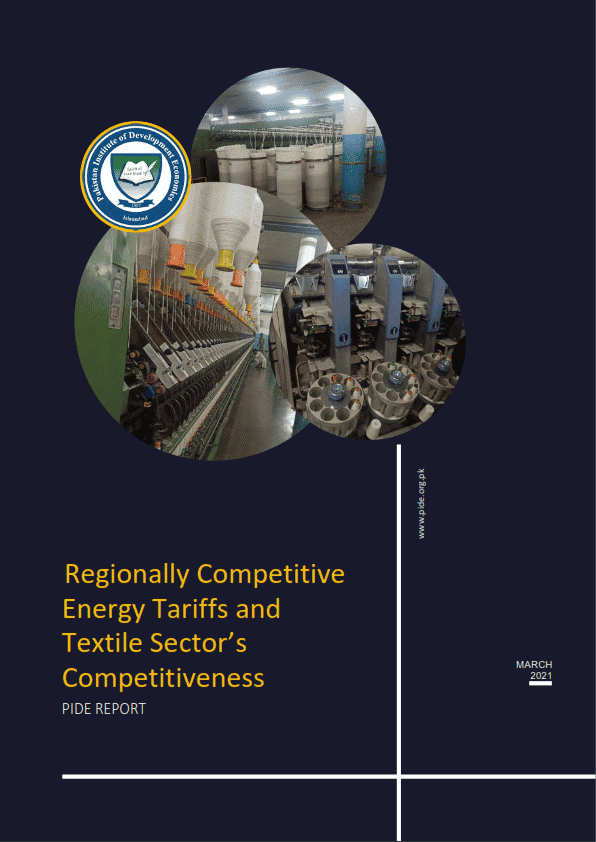Regionally Competitive Energy Tariffs and Textile Sector’s Competitiveness
The economic significance of the textile sector in Pakistan is undeniable. The sector contributes around 60% of the total export earnings and provides employment opportunities for around 40% of the total labor force. Although, substantial export earnings of Pakistan are based on textile products; though, its share in the international textile exports is considerably low. Out of a total of $ 792 billion of textile exports, Pakistan contributes merely 1.7%. The sector has so far managed to endure but remained somewhat stagnant due to high manufacturing expenses, recurrent power shortages, high energy costs, and flawed government strategies. Yet, the textile sector outperformed during the current pandemic and recorded a 10.79% growth in exports during January 2021, MoM basis. In the textile sector, energy cost is the leading component in terms of conversion cost. Among all the factors that make the textile sector of Pakistan regionally un-competitive, energy tariff is at the core. Since it makes up around 35-40% of conversion cost in textile, therefore, to delve into the way forward, it is pertinent to ensure the availability of energy at regionally competitive tariff rates.




